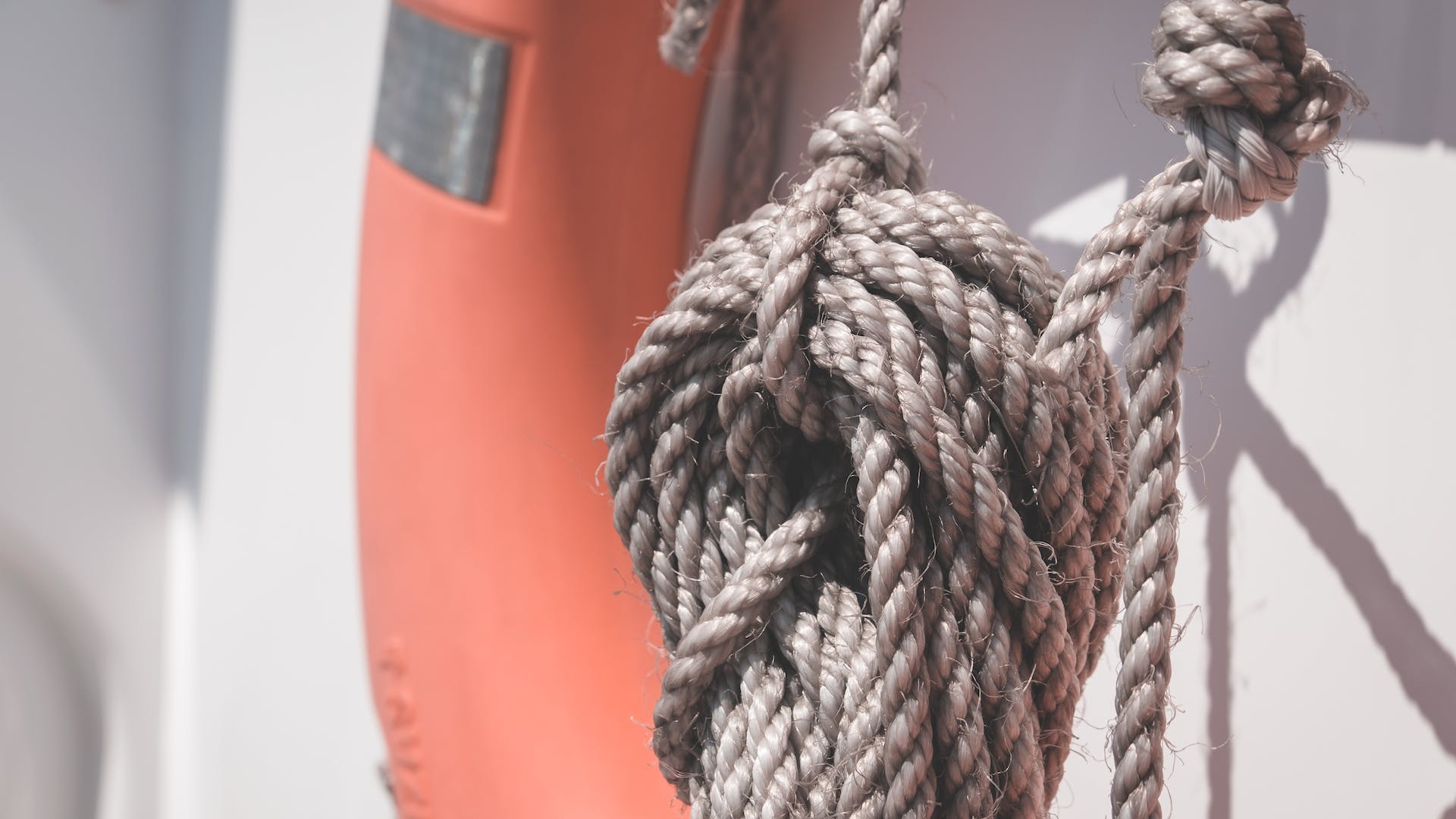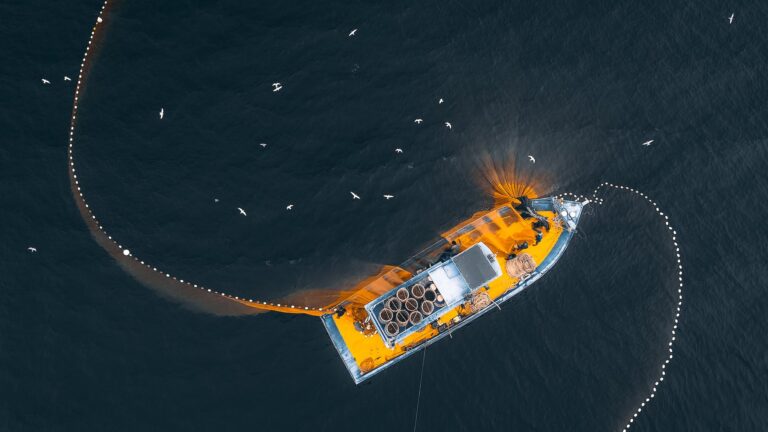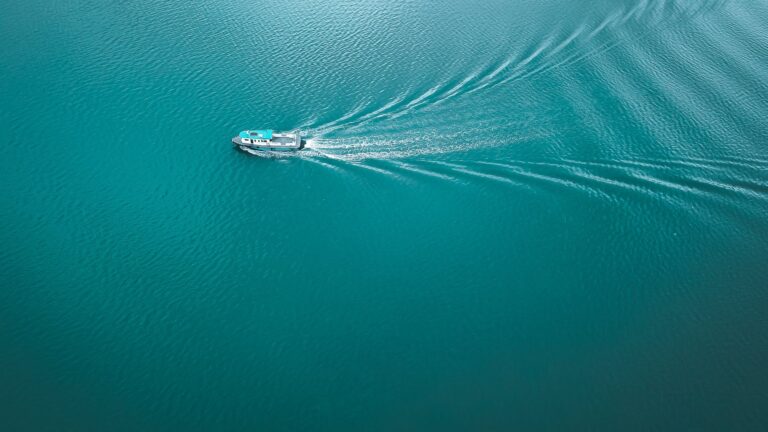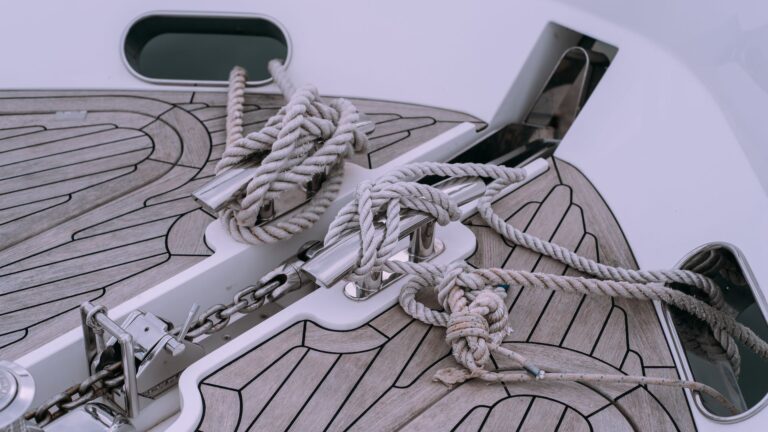What is anchoring in sailing?
-
Introduction
-
What is Anchoring?
-
The Types of Anchors Used in Sailing
-
Preparing the Anchor and Line
-
Setting the Anchor
-
Checking the Position of the Anchor
-
Retrieving the Anchor
-
Advantages of Anchoring
-
Disadvantages of Anchoring
10.When to Avoid Anchoring
11.ConclusionWhat is Anchoring in Sailing?
Sailing is one of the oldest activities humans have enjoyed, and with it comes a unique set of practices, tools and techniques that must be mastered to ensure a successful journey on the open sea. One such practice is anchoring, which involves setting an anchor on the seabed and allowing the boat to drift back gradually as chain is paid out from it. In this article, we will explore what anchoring in sailing is, the types of anchors used, how to prepare and set an anchor, advantages and disadvantages, when to avoid anchoring and other key points related to this sailing activity.
What Is Anchoring?
Anchoring refers to a way of mooring a boat by letting out chain attached to an anchor which has been dropped onto the seabed or lakebed below it. This provides stability for the boat by keeping it in one spot so that it can’t drift away due to wind or current conditions as it would if it was simply left afloat without being secured with an anchor and line system. Charter boats usually carry one main and one spare anchor, while recreational sailing boats should carry at least two anchors for added safety and security when out on the water.
Types Of Anchors Used In Sailing
The most commonly used anchors for sailboats are Danforth anchors, which are lightweight yet strong and can be easily stowed away when not in use; Bruce anchors which offer superior holding power; CQR anchors which provide good performance even in rocky or rough seabeds; Fisherman’s anchors which are more suitable for smaller boats; Plow anchors which are heavy yet effective; Delta anchors which are well-suited for deep waters; and Slip Ring anchors which have extra lines that can be released quickly if needed while sailing in shallow waters or strong currents.
## Preparing The Anchor And Line
Before setting an anchor, the line should first be carefully inspected for any signs of wear or damage such as fraying or broken strands that could cause it to snap during deployment or retrieval from the water. Any necessary repairs should be carried out before proceeding further with anchoring operations as safety should always come first when sailing on open waters. As for the anchor itself, it should also be cleaned periodically using appropriate methods such as scrubbing off any dirt buildup with a brush or rinsing off salt deposits with fresh water to ensure optimal performance when deployed onto seabeds or lakebeds below where conditions may vary significantly from one spot to another due to different depths or composition of sediment present there.
## Setting The Anchor
Once everything has been prepared, setting an anchor requires careful technique as mistakes could cause either too much chain being paid out or not enough – both scenarios could lead to sudden drifting away or becoming stuck respectively if conditions change suddenly while sailing on open waters so precision must always be maintained during deployment operations here too! The most important thing is to ensure that enough chain has been paid out from its initial position at bow (front) all way along stern (back) so that boat can still remain successfully secured against any changes caused by wind or currents without slipping away suddenly due to lack sufficient line length being available there when needed most urgently during these times too!
## Checking The Position Of The Anchor
Once an anchor has been successfully set into position below boat’s hull, its position should be checked regularly using instruments such as a depth sounder in order to make sure that it remains correctly placed against any changes caused by wind direction shift or current flow changes during course of journey here too! This helps sailors remain aware of their exact location at all times while still providing them with enough stability against these forces thanks presence anchor line system being used here also! In addition, checking position also helps ensure safe retrieval procedure later on once boat has reached final destination too!
## Retrieving The Anchor
Retrieving an anchor requires careful technique just like setting one did earlier – any mistakes made here could cause either too much chain being pulled back up into boat again (leading sudden drifting away) or not enough (leading sudden becoming stuck) so precision must always be maintained once more! The most important thing is making sure right amount force applied onto line when pulling back up again so that everything moves smoothly without any jerking movements occurring here either (which could potentially damage equipment used like winch motor etc.) Once all these steps have been completed successfully though then retrieval process will have been completed successfully too!
## Advantages Of Anchoring
Anchoring provides several benefits for sailors including improved safety against strong winds/currents thanks presence secure line system attached onto seabed below them; better control over exact location boat remains at all times since having known exact coordinates where anchor was placed originally helps plan journey ahead more precisely too! Lastly but certainly not least – anchoring also gives opportunity rest peacefully knowing vessel cannot drift away unexpectedly here either (as long right amount force applied onto line during retrieval process later!). All these advantages make anchoring essential part voyage planning stages before embarking open waters each time too!
## Disadvantages Of Anchoring
On other hand though – anchoring can also lead some problems if not done correctly such as possibility getting stuck due lack sufficient amount chain being paid out initially (which could require expensive tugboat services later on); potential damage equipment used during setting/retrieving process if wrong force applied onto line etc.. All these disadvantages make important sailors take correct precautions beforehand each time before attempting anchoring operations open seas again!
## When To Avoid Anchoring
Finally – there certain conditions when anchorage should avoided altogether such as areas where bottom composition extremely soft/silty since this could cause anchor become buried within sediment itself making impossible retrieve again without help outside sources like tugboats etc.. In addition – areas with heavy currents/strong winds should avoided unless necessary since risk vessel becoming damaged during recovery process increases significantly here too!. Lastly but certainly not least – areas with shallow depths should avoided anchorage purpose since risk running aground increases dramatically even experienced sailor who knows exactly how much amount chain needs paid out initially each time before attempting deployment operations there also!.
## Conclusion
In conclusion – anchoring is essential part sailing activity providing stability against strong winds/currents while giving sailors peace mind knowing vessel cannot drift away unexpectedly during course journey each time also! However – care must taken prepare/set/retrieve/check position anchor correctly otherwise problems arise either due lack sufficient amount chain being paid out initially or wrong force applied onto line during recovery process itself either!. All these points must considered before embarking open waters next time round ensure safe voyage ahead everyone involved here too!.







